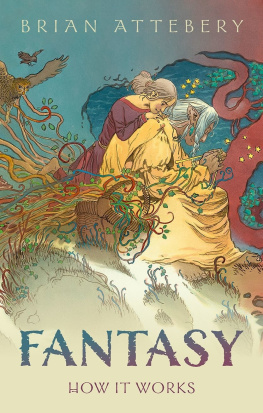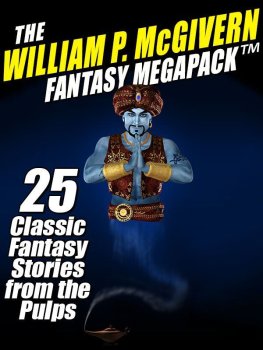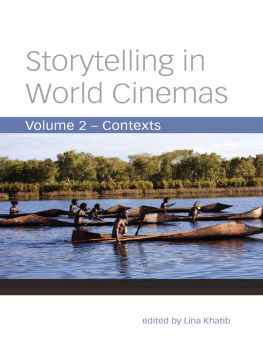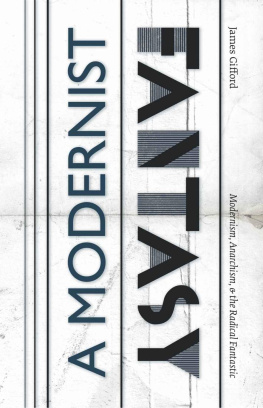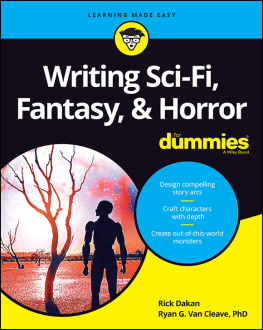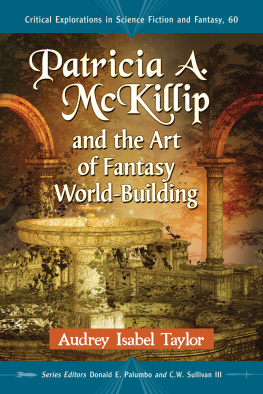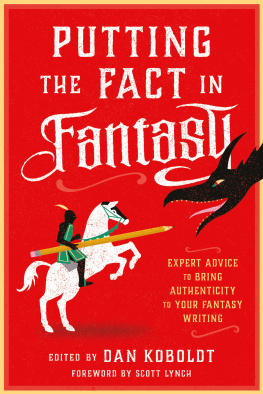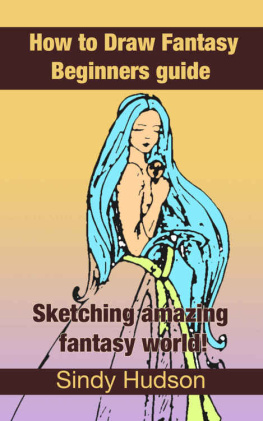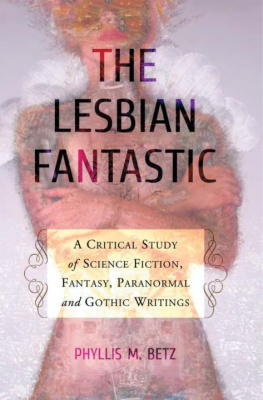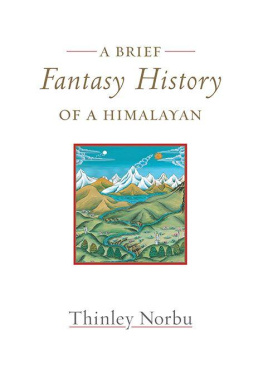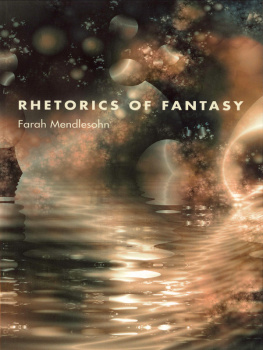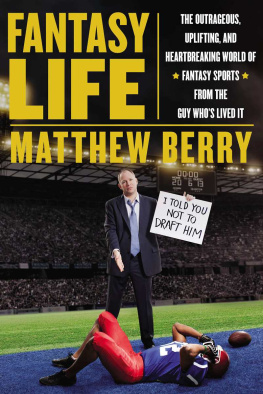Thanks to Sylvia Kelso and Salvatore Proietti for permission to include quotations from correspondence.
The nature of fantasy literature keeps changing. New voices come into the field, new traditions are drawn upon, innovations from other genres cross over, markets shift, social and philosophical concerns are different. A comprehensive survey from a decade or two ago now feels like a threadbare blanket covering some spots but leaving others exposed. And theories of fantasy developed to fit the eras of George MacDonald and William Morris or, more recently, Diana Wynne Jones and Terry Pratchett must be reformulated to fit Marlon James, Ken Liu, Aliette de Bodard, and Nnedi Okorafor. Yet the newer writers are also responding to their predecessors; there is continuity as well as change. This book is a snapshot of the current moment but it is also an attempt to read the present through the past and the past in the present.
Fantasy in any era presents some of the same challenges: to go outside conventional notions of the real, to trace connections that evade common-sense thought, and to tell lies that ring true. The answers keep shifting but the questions are pretty much inescapable. I believe that they all come down to variations on two central lines of inquiry. First, how does fantasy mean? How can a form of storytelling based on altering physical laws and denying facts about the past be at the same time a source of insight into human nature and the workings of the world? Second, what does fantasy do? What kind of social, political, cultural, intellectual work does it perform in the worldthe world of the reader, that is, not that of the characters?
Each chapter of this book addresses these questions by focusing on a particular aspect of fantastic world-building and storytelling. It is impossible to separate those two activities because fantasy creates story-worlds: narrated spaces in which causality and character and consequence are inextricably entwined. This notion of a world that is also a set of narrative practices and possibilities is very close to Mikhail Bakhtins concept of chronotope or time-space. Story-worlds are different from settings as perceived in realistic fictionthough not completely different. Real-world settings and plots are always more conventional, more genre-driven than they appear. Its just that the setting of a non-fantastic story can be assimilated into and extended by our knowledge of mundane history, geography, and society. Dickenss London is adjacent to, though not identical to, the Victorian London reconstructed by historians. Looking at realism from the standpoint of fantasy can make us more aware of the choices that go into the illusion that any stories adequately represent or reproduce reality. In realism, a lot of work goes into concealing the constructedness of the situation and the mechanisms of the plot. The subgenre of childrens literature known as the family story is a good example of this willed invisibility. It is also a test case for the idea that fiction cannot be both realistic and fantastic at once. My first two chapters are thus mirror images of one another. The first asks how fantasy is true, the second looks at the artifice that underlies one variety of realism.
Chapter three is about the mythic sources of fantasy: something I have previously devoted an entire book to. This time around Im looking at the way contemporary fantasies address the clash between mythic systems. In the modern world, particularly in urban environments, groups who might once have lived in isolation from one another and thus never faced serious challenges to their world views or the sacred stories through which those world views are passed on, now live beside and interact with people with radically different cultural narratives. The integrative structure that fantasy inherits from fairy tale offers glimpses of reconciliation between competing stories and the people whose understanding is based on those stories. Helene Weckers The Golem and the Jinni (2013), for example, depicts diverse groups of immigrants in early 20th-century New York City and imagines that they have brought with them not only their foodways and family structures but also their supernatural beings. If a single neighborhood can house both a Jewish homunculus and an Arabic fire spirit, then interactions will extend from shop and street corner to the realms of the Platonic ideal and the divine. Neighbors nod to one another and universes collide, perhaps to find some sort of detente. Fantasy offers ways to situate conflicting beliefs within alternate narrative frameworksalternate in the sense of both other and alternating.
Chapter four focuses on the dynamics of story: the mechanism that impels the narrative and engages the reader. This narrative mainspring is usually described in terms of conflict, and yet conflict is only one form of resistance to the characters desires, one hurdle between them and a happy ending. Most uses of the word are metaphorical: the conflict between humans and nature, for instance, is something else entirely. Fantasy offers other ways to engage us, to keep us in suspense, to reward our anxieties. By doing so, it offers alternative scripts for interaction, ways to bypass rather than engender conflict. A major example here is Patricia McKillips The Bards of Bone Plain (2010), which frustrates attempts to read it in terms of an overreaching conflict but richly rewards analysis of its multiple forms of illusion and misperception.
In chapter five, I propose a way to look at the interconnectedness of literature. Source and influence studies, theories of intertexuality and metafiction, and the very notion of genre are all attempts to explain how works of literature talk with one another. Like human beings, they assemble selves out of bits of other subjectivities and echoes of other voices. My proposal focuses on one particular branch of the fantastic, science fiction, and yokes together two metaphors. In the first, literature is a book club, a social structure built around shared experiences and an exchange of insights. In the second, texts are cells deriving their energy from other organisms that they have taken in and incorporated into their metabolisms: mitochondria. The latter metaphor is fetched pretty far and undoubtedly dependent on my imperfect understanding of the science involved. But what could be more appropriate for an exploration of science fiction, which does glorious things with imperfectly understood science?

